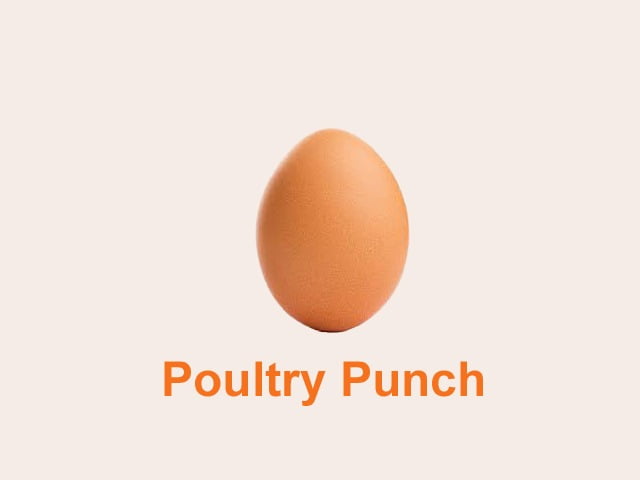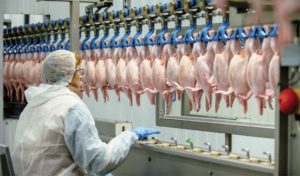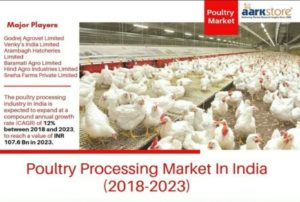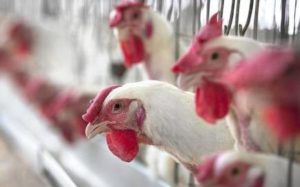Covid-19 – An Indian Opportunity for chicken processing?

Dr. Sekhar Basak, MD,
Innovista Feeding Solutions Pvt. Ltd. India
The COVID-19 outbreak could open up growth opportunities for processed chicken segment from consumer and producer viewpoint. Boost from government and private agencies at this opportune time can see India through a mature processed poultry market.
The Chicken Industry scenario
While the production of agricultural crops has been rising at a rate of 1.5 to 2 percent per annum, that of eggs and broilers has been rising at a rate of 8 to 10 percent per annum. With 10 lakh poultry farmers producing around 851.8 million birds annually, poultry contributes Rs 1.3 lakh crore to the national GDP. The poultry market is predominantly fresh meat and processed meat accounts for just 5 to 10 percent depending on the geography. This share varies from 30 to 40 percent in countries such as Russia and France and 15-25 percent in South East Asian countries and Brazil. Hence there is a clear opportunity to double or even triple the size of processed poultry meat in India.
A live poultry market puts pressure on producers as fresh meat prices are impacted by supply-demand economics and unexpected market shocks which Industry has witnessed in the past 3 months even before the Covid lockdown due to fake news resulting to market collapse. A business model that necessitates continuous rearing and natural gestation period makes it difficult to vary supply with demand. Another complexity in India is that the meat consumption cycle is not constant as in other countries. Producers often bear reduced margins or even losses to sustain the farming volumes. To give a perspective, the loss suffered by the poultry industry on account of the current price crash is estimated at around Rs 22,500 crore.
Advantages of the processed meat market
A well-developed processed meat market will benefit both producers and consumers. Processing will increase the shelf life of meat products and will enable producers to absorb demand shocks through improved inventory control. Processed meat has other advantages such as better taste, low possibility of meat-borne diseases, better life span and a high amount of portability. The ability to store the product will shield the producers from price crashes.
With social distancing becoming a norm, the need for hygienically packed meat untouched by hand will increase. Indian customers will start asking for traceability, no antibiotics/chemicals, fresh-but-hygienic meat. Also, consumers demand a food supply that is nutritious, safe, convenient and varied. Meat processing methods and advances in technology help to make this possible. Processed meat is a logical answer as producers will be able to confirm adherence to these quality requirements. Existing players who can forward-integrate into a processed brand-led play could gain from this consumer trend.
Challenges for the transition
The first challenge in the Indian context is the preference to buy fresh food. Indians are for long used to buying fresh fruits, vegetables and poultry. Changing this consumer behaviour will need sustained investment in customer education through awareness campaigns. Industry stakeholders with the help of government agencies should play an instrumental role through a structured marketing plan. Even a bigger challenge will be to convince that the taste of the meat and its nutrient value is largely undisturbed during processing.
The flip side of chicken processing industry will be feared loss of employment among a section of wholesale traders and butchers, who could become redundant if the processed segment grows. As the processed meat industry gains share, such intermediaries often find different roles in the new supply chain network. In addition, we could see an increase in employment in processing plants which can offset the fear of losing jobs for the wholesale traders and butchers.
The third challenge is upgrading the processing and supply chain infrastructure. Capacity utilisation in India’s processing plants is around 50 percent, and is hence not an issue. However, it is the supply chain infrastructure that needs to be invested in. A robust cold chain from the processing plants to storages and extending to retail refrigeration will be needed. Favourable government policies will also be needed to attract foreign investments in this area.
The way ahead
Growth of processed meat consumption benefits both producers and consumers in the long run. India, just as many other countries, will continue to have both wet and dry markets. The key will be to create consumer awareness and change the perception towards processed meat. There are many factors accelerating this change in the Indian market-changing lifestyles and demographic profiles of families; exposure to international cuisines; growth of modern retail and restaurants.
Once end-consumer acceptance increases, capacities could be created and utilised well. Some of the Indian players could seize this opportunity to forge international tie-ups. Government regulations will continue to play a key role both in attracting investments and in promoting processed meat as safe and hygienic food. To conclude, this transition won’t be an overnight journey — it could take five to ten years for India to have a well-developed processed poultry meat market.
For more information on Innovista products and services please feel free to write to:
Dr. Sekhar Basak,
Innovista Feed Solutions Pvt. Ltd.
Mob: +91-9871203111
Email: office@innovistaconsulting.com








